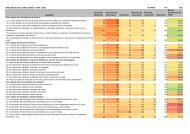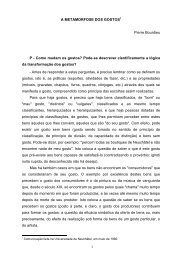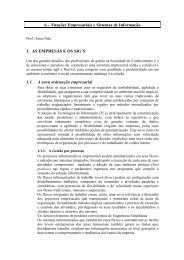You also want an ePaper? Increase the reach of your titles
YUMPU automatically turns print PDFs into web optimized ePapers that Google loves.
serve the same purpose as in AH, but we find padding, the next header, and the<br />
optional Authentication Data at the end, in the ESP Trailer.<br />
It's possible to use ESP without any actual encryption (to use a NULL algorithm),<br />
which nonetheless structures the packet the same way. This provides no<br />
confidentiality, and it only makes sense if combined with ESP authentication. It's<br />
pointless to use ESP without either encryption or authentication (unless one is<br />
simply doing protocol testing).<br />
Padding is provided to allow block-oriented encryption algorithms room for<br />
multiples of their blocksize, and the length of that padding is provided in the pad<br />
len field. The next hdr field gives the type (IP, TCP, UDP, etc.) of the payload in<br />
the usual way, though it can be thought of as pointing "backwards" into the<br />
packet rather than forward as we've seen in AH.<br />
In addition to encryption, ESP can also optionally provide authentication, with<br />
the same HMAC as found in AH. Unlike AH, however, this authentication is only<br />
for the ESP header and encrypted payload: it does not cover the full IP packet.<br />
Surprisingly, this does not substantially weaken the security of the<br />
authentication, but it does provide some important benefits.<br />
When an outsider examines an IP packet containing ESP data, it's essentially<br />
impossible to make any real guesses about what's inside save for the usual data<br />
found in the IP header (particularly the source and destination IP addresses).<br />
The attacker will certainly know that it's ESP data — that's also in the header —<br />
but the type of the payload is encrypted with the payload.<br />
Even the presense or absense of Authentication Data can't be determined by<br />
looking at the packet itself (this determination is made by using the Security<br />
Parameters Index to reference the preshared set of parameters and algorithms<br />
for this connection).<br />
However, it should be noted that sometimes the envelope provides hints that the













![Plano de Contabilidade Social 2013[1].pdf - FESP](https://img.yumpu.com/40657716/1/184x260/plano-de-contabilidade-social-20131pdf-fesp.jpg?quality=85)



